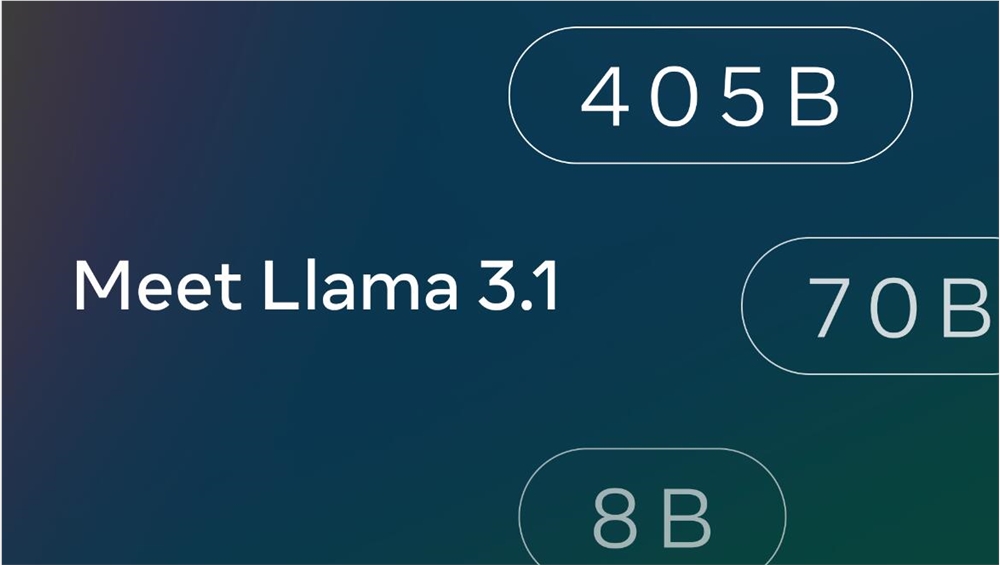你必须知道的常用的足够简练的 11 个 Python代码

许多程序员喜欢Python,因为它的语法简单简洁。下面提供的这些 Python 代码足够简练,可用于解决常见问题。

dict1 = {'A':33, 'B':43, 'C':88, 'D':56}
# 提取字典中值大于50的键值对
dict2 = { key:value for key, value in dict1.items() if value > 50 }
print(dict2)
set1 = {'A','C'}
# 提取字典中键包含在集合中的键值对
dict3 = { key:value for key,value in dict1.items() if key in set1 }
print(dict3)
「输出:」
{'C': 88, 'D': 56} {'A': 33, 'C': 88}
可以使用 str.replace() 方法搜索和替换字符串中的文本。
str1 = "http://www.zbxx.net"
str1 = str1.replace("http", "https")
print(str1)
「输出:」
https://www.zbxx.net
对于更复杂的搜索替换,可以使用 re 模块。Python 中的正则表达式可以使复杂的任务变得更加容易。
可以使用列表推导式根据特定条件过滤列表中的元素。
list1 = [12, 56, 34, 76, 79]
# 提取列表中大于50的元素
list2 = [i for i in list1 if i>50]
print(list2)
「输出:」
[56, 76, 79]
可以使用 ljust()、rjust() 和 center() 方法对齐字符串。 可以实现左对齐、右对齐及使字符串在给定宽度的范围居中对齐。
str1 = "Python"
print(str1.ljust(10))
print(str1.center(10))
print(str1.rjust(10))
「输出:」
Python
Python
Python
还可以使用字符填充。
str1 = "Python"
print(str1.ljust(10, '#'))
print(str1.center(10, '#'))
print(str1.rjust(10, '#'))
「输出:」
Python####
##Python##
####Python
可以使用赋值运算符将任何序列拆解到变量中,只要变量的数量和序列的元素数量相互匹配。
tup1 = (1, 2, 3)
a, b, c = tup1
print(a,b,c)
「输出:」
1 2 3
自定义函数中,需要使用 “*” 来接受任意数量的参数。
def mysum(value1,*value):
s=value1 sum(value)
print(s)
mysum(10, 10)
mysum(10, 10, 10)
「输出:」
20 30
可以使用 reversed() 函数、range() 函数和切片技术以相反的顺序迭代序列。
list1 = [1, 2, 3, 4, 5, 6]
for i in reversed(list1):
print(i,end='')list1 = [1, 2, 3, 4, 5, 6]
for i in range(len(list1) -1, -1, -1):
print(list1[i],end='')list1 = [1, 2, 3, 4, 5, 6]
for i in list1[::-1]:
print(i,end='')
「输出:」
654321
如果只想在文件不存在时才写入该文件,则需要在 x 模式(独占创建模式)下打开该文件。
with open('abc.txt', 'x') as f:
f.write('Python')
如果文件已经存在,则此代码将导致 Python 出错:FileExistsError。
❝
文章创作不易,如果您喜欢这篇文章,请关注、点赞并分享给朋友。如有意见和建议,请在评论中反馈!
❞
- 0000
- 0000
- 0000
- 0000
- 0000






